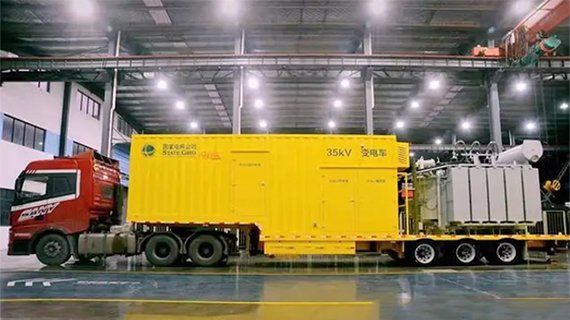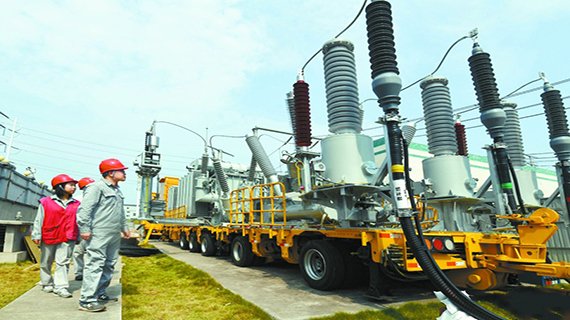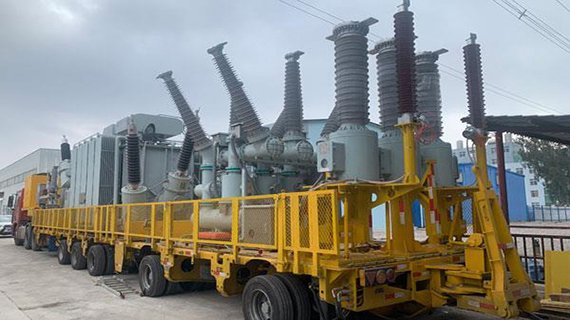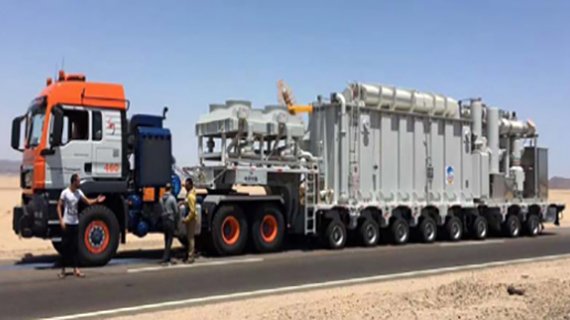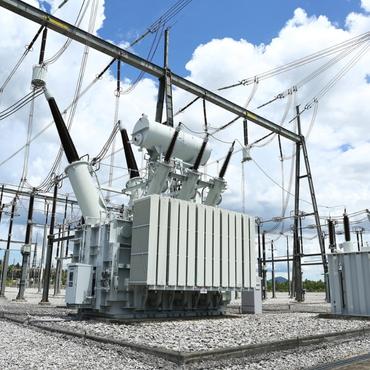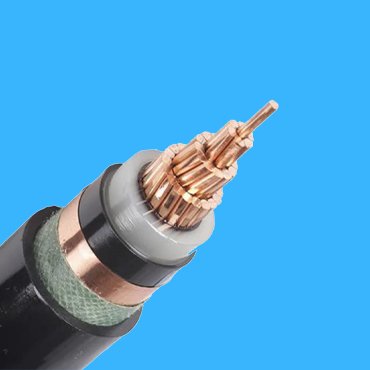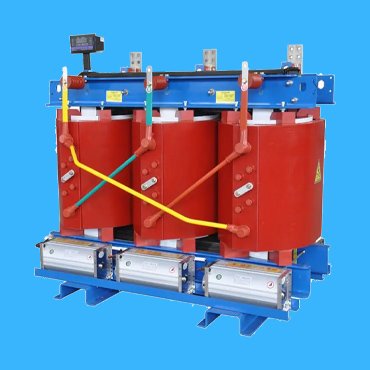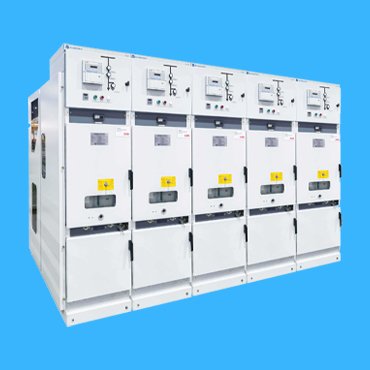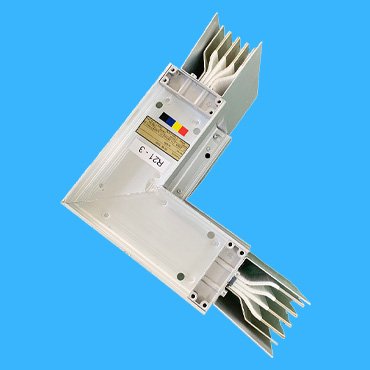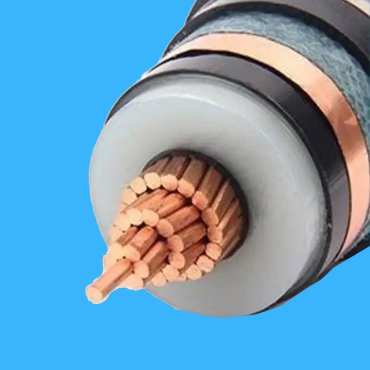What is a Mobile Substation
It is a mobile trailer equipped with power transformer, HV & MV switchgear and disconnector, metering transformer and other control & protection equipment.It is used to back-up when a conventional substation is off working, due to some temporary fire, sabotage, power outage and rigorous weather conditions. It has the advantages of high mobility & flexibility, fast installation, convenient operation and short construction time, and is widely used in various emergency events and some project construction to ensure a continuous power supply and to improve the capability & reliability of local power supply.
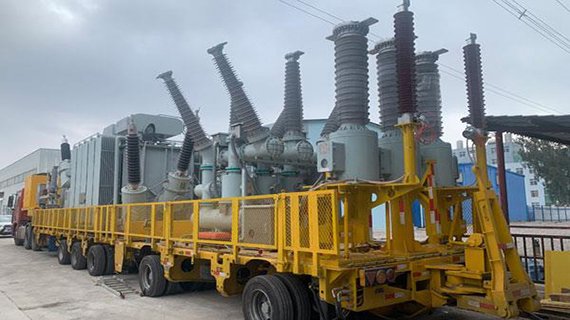
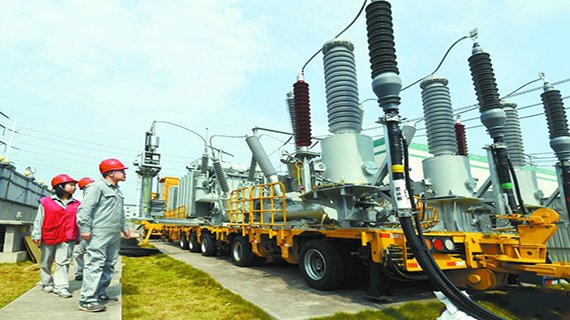
Your Tailored Mobile Substation
Normally, we have 5 options for you to choose. They are 33kV/15 MVA mobile substation, 132/66kV 20 MVA transformer substation, 132/66kV 40 MVA mobile transformer AIS, 132/66kV 40 MVA transformer substation GIS, and 230kV 50 MVA mobile substation. A custom mobile substation is available here, Please consult it with our expert engineers with your required voltage level and its rated capacity.
Related Products
Mobile Substation used in an electrical substation renovation
Previous substation feeder switchgear renovation projects, especially the expansion and renovation of high-voltage rooms.The construction projects are all carried out by cutting off the entire section of the busbar, cutting off the power supply to the feeder users, limiting the power supply to the users, or transferring the power supply load. Due to the long construction period, it does not affect the continuity and reliability of user electricity and power supply. Mobile substations are convenient for transportation and can be temporarily installed within the substation, quickly forming temporary alternative power sources. Therefore, using mobile substations to transfer loads has become the best solution for implementing such projects.
Operation mannual for a mobile substation
1. Pre operation inspection (1) Check if all components are complete and the system should be complete. (2) Check whether the high and low voltage cable plug sockets or cable connectors are securely and reliably connected. (3) Check whether the observation glass of the high and low voltage switch box is damaged, whether the surface is clean, and whether the indicating instruments and lights are intact. (4) Check the fastening bolts of each explosion-proof joint surface to ensure completeness, tightness, reliability, and complete spring pads. (5) Check whether each operating handle of the switch is in the designated position.
2. Energizing steps for a mobile substation : First high voltage, then low voltage, and then load.
3. In general, high-voltage load switches only allow no-load disconnection or connection of power supply; Only in emergency situations is it allowed to disconnect the load current.
4. Energizing operations for a mobile substation (1) First, close the high-voltage load switch, unscrew the locking nail, remove the operating handle and cover it on the mechanism shaft to operate the closing clockwise. After closing, the indicating arrow should indicate the “closing” position. From the observation window, the load switch should be reliably closed. Then remove the handle and place it in its original position, lock it with a locking nail, and then close the low-voltage feed switch. Turn the isolation switch handle to the closed position, observe that the status signal light is yellow, the instrument lighting light is on, and the leakage detection relay signal light is yellow. (2) Press the reset button on the panel, if the yellow light of the leak detection relay signal is off and the green light is on, the switch is allowed to close. (3) Operate the air switch handle to rotate counterclockwise for 120 degrees to store energy, continue moving it clockwise to the original position, and close the feed switch. Observe that the yellow light of the feed switch status signal light is off, the green light is on, the voltmeter has voltage indication, and the kiloohmmeter that detects the insulation resistance has insulation resistance indication.
5. Deenergizing operations for a mobile substation (1) First stop the low-voltage feed switch, press the feed switch stop button, the feed switch trips, and the feed switch status signal light turns off in green and on in yellow. Then turn the isolation switch handle to the open position and lock it tightly.
(2) After stopping the high-voltage load switch, unscrew the locking nail, remove the operating handle and cover it on the mechanism shaft. Turn the handle switch counterclockwise to open, and the closing indicator arrow points to the “open” position. Observe whether the load switch is reliably disconnected from the observation window, then remove the handle and place it in its original position and lock it with a locking nail.
6. Routine Testing Items for a mobile substation
(1) Conduct a trip test on the leakage device of the mobile substation once a day. The method is to press the leakage test button, and the feed switch should quickly trip. The yellow light of the feed switch status signal light is on, the green light of the leakage detection relay signal light is off, and the red light is on. (2) Compensate the capacitive current of the low-voltage network every week. The method is: when the low-voltage feed switch is closed, connect the switch to the equivalent network cable, press and hold the capacitor compensation button, and turn the coarse and fine adjustment knobs. Observe the milliammeter to adjust its reading to the minimum value, and then release the capacitor compensation button to achieve the best compensation effect. (3) Action tests should be conducted on the high-voltage side emergency stop button, electrical interlocking button, and low-voltage side stop button of the mobile substation every week, and the switch should be able to trip reliably.
(4) Conduct a weekly self check on the feed switch. The method is to press the self check button during no-load operation, and the feed switch should quickly trip. The green light and red light of the feed switch status signal light are off, indicating that the overcurrent protection device is operating normally.
7. Some Precautions for a Mobile Substation
(1) During the operation of the feed switch, if it encounters automatic tripping and displays a fault status, the cause should be identified first, and the fault should be resolved before power can be transmitted. Forced power transmission is strictly prohibited.
(2) The fault status light is on and cannot be reset or operated during the power transmission process of the feed switch
When the fault status light is on during the process and the switch does not trip, the power supply should be stopped. Only after identifying and addressing the fault can power be restored.
(3) It is strictly prohibited to throw off the shunt tripping coil or remove the spring of the voltage loss tripping device to forcibly power on without authorization.


